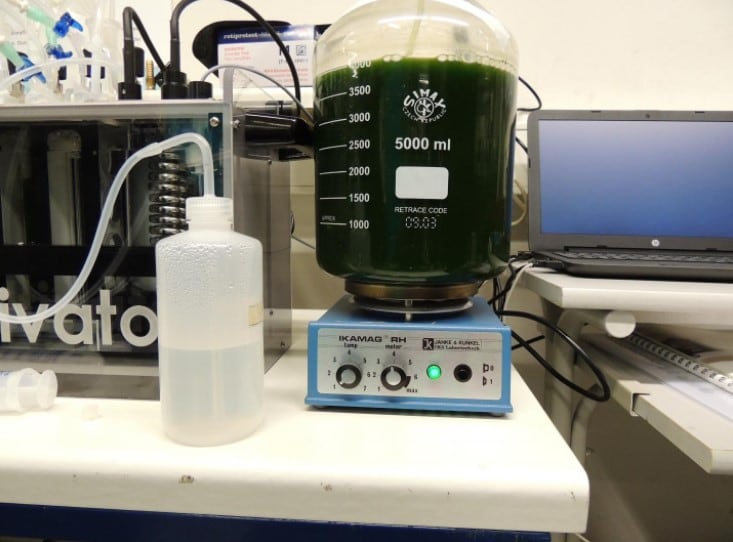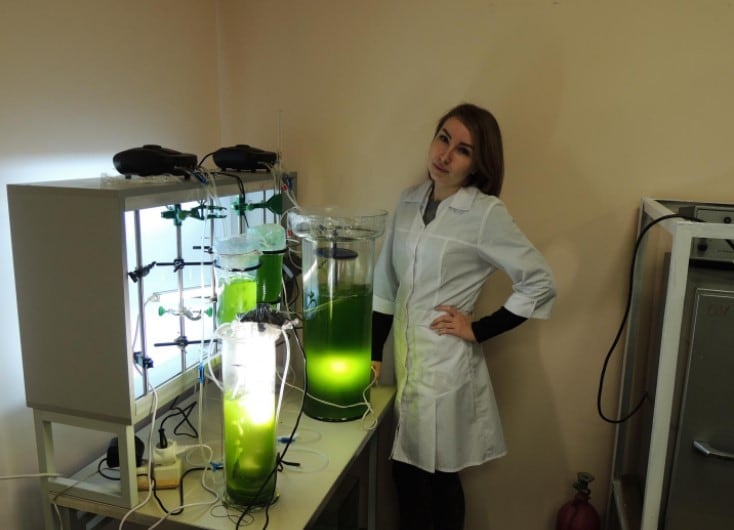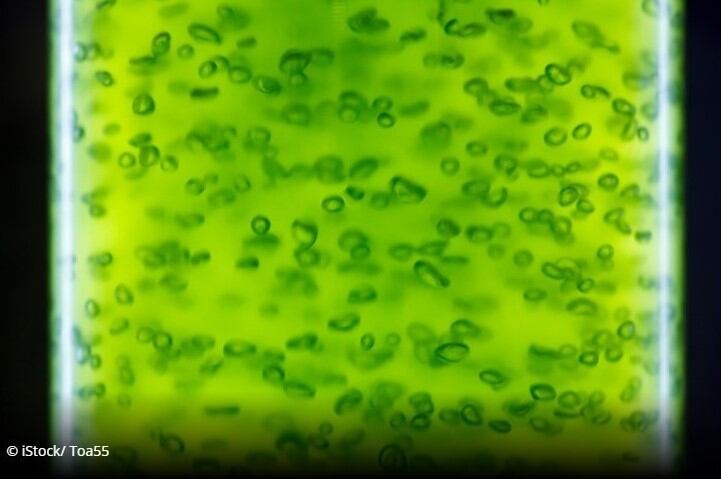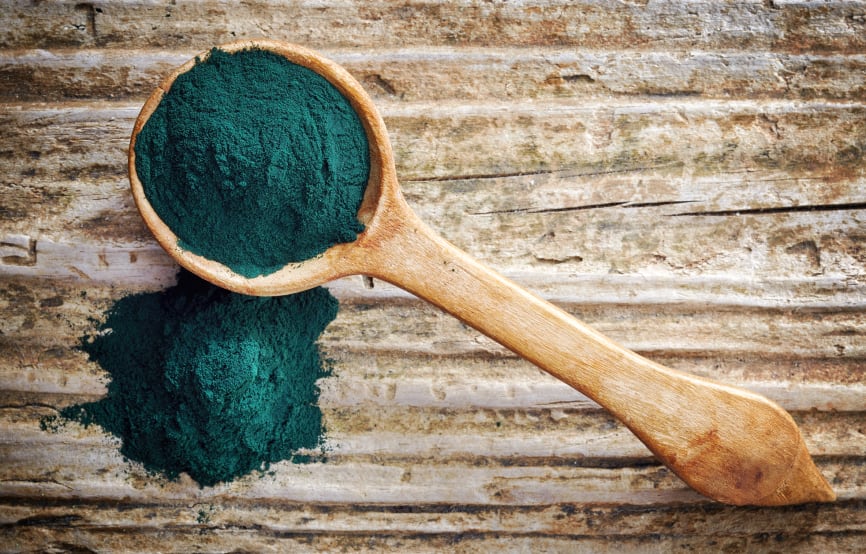Writing in the journal Agronomy Research, the method used a crude cell suspension of Chlorella microalgae, which was then air-dried after disintegrating the cell membrane using ultrasonic extraction techniques.
The team from Peter the Great St. Petersburg Polytechnic University (SPBPU) found the highest pigment content in ethanol extracts was observed after 30 min at 45−50 °C.
“The obtained biomass with high carotenoid levels can be used in various sectors of the food and pharmaceutical industries as a dietary supplement to reduce vitamin A deficiency for children and adults,” explains Yulia Bazarnova, Director of the Higher School of Biotechnology and Food Technologies at the Institute of Biomedical Systems and Biotechnology SPbPU.
Environmental factors

Microalgae are characterised by its range of carotenoids that scientists think could be a target of biosynthesis under intensive microalgae cultivation in a laboratory setting.
Examples of carotenoids that are found in the algae biomass include astaxanthin, loroxanthin, fucoxanthin, diadinoxanthin, diatoxanthin and siphonin.
Extracting pigments from the microalgae biomass, is considered difficult and labour intensive as the extraction of Chlorella’s valuable components is complex due to the processes of cell wall disintegration.
Another issue centres on the instability of extracted plastid pigments, which suffer oxidative degradation when exposed to environmental factors such as light and temperature.
In a series of experiments, Dr Bazarnova’s team began cultivating the 211-8k strain of Chlorella sorokiniana, air drying the biomass until its moisture content was around 2.5%.
A portion of dehydrated biomass (0.025grams (g)) was poured into 10 millilitres (mL) of solvent and then mechanically disintegrated.
After extraction, the mixture was centrifuged, where the volume of the obtained supernatant was increased to 50mL, and then filtered through a Nylon 66 Membranes under pressure.
Results revealed the amount of chlorophyll a in the obtained extracts was 537.5mg L-1, the content of chlorophyll b was 182mg L-1 with carotenoid extract levels reaching 150mg L-1.
“Xanthophylls such as lutein (18.6% of the total pigment content) fucoxanthin (4.7%) and β-carotene (1.8%) were identified in extracts from the biomass of microalgae C. sorokiniana,” the study revealed.
“As a result of studies in the biomass of C. sorokiniana, lutein (62% of the total amount of carotenoids) and β-carotene (9%) were also identified.
Microencapsulated carotenoid forms
Vitaliy Sergeev, Vice-rector for research at SPbPU adds, "Biological and nutrition technologies are one of the key scientific areas of the 21st century. Scientists all around the world are working to improve and preserve human health.
“The projects of the Higher School of Biotechnology and Food Technologies SPbPU are very important and promising. The scientific developments in this area leads to the gradual improvement in the quality of life.”
The team are now looking to develop microencapsulated forms of carotenoids for targeted delivery to various organs and tissues, where the structure’s core is made from Chlorella microalgae carotenoid extract and the shell is composed of biodegradable material.
Source: Agronomy Research
Published online: https://doi.org/10.15159/AR.20.175
“A method for obtaining plastid pigments from the biomass of Chlorella microalgae.”
Authors: J Bazarnova et al.




